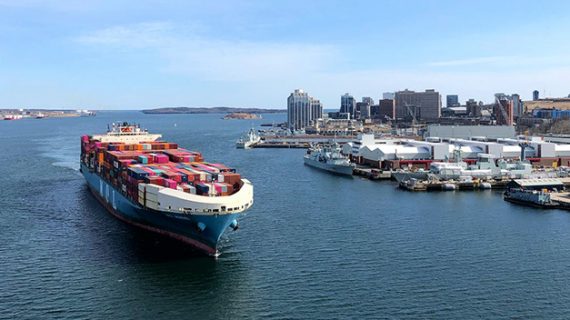Choosing Between FCL and LCL: Which One Is Right For You?
If your business involves ocean shipping services, you may be familiar with these shipping terms: Full Container Load (FCL) and Less Container Load (LCL). These terms are commonly used in Ocean Freight Shipping, a method used to transport large quantities of goods through the sea. Without a clear understanding of the two shipment types, choosing one of the shipping types that would potentially fit your business may be challenging. It takes adequate research, observation, and analysis to determine which one is the best for your business needs.
Thus, in this article, we will guide you in identifying the advantages and disadvantages of both shipment types and the key factors you need to look closely into before deciding which shipment type you want to use.
FCL vs. LCL: Identifying the Advantages and Disadvantages
FCL and LCL certainly have different characteristics, which shape the advantages and disadvantages of each shipment type. Each type has its own pros and cons, depending on your business needs.
Choosing FCL means that you book a single container exclusively for your cargo transportation only. Typically, FCL shipments are priced at a flat rate per container size. This condition makes FCL shipping more expensive if you’re not using most or all of the container, but if you do need that much space, FCL will save you money. Usually, shippers who regularly transport more than 15 cubic meters find FCL more affordable because they can take full advantage of the economies of scale gained by filling a 20’ or even 40’ container.
Meanwhile, in LCL, the price you pay is only for the space that is going to be used by your shipment. The shipment can be delivered even if the volumes are small. This means, LCL may be a good fit if you do business on a consignment basis, whereby it may not be practical to book a full container. Thus, unless you want to commit to large deliveries from suppliers, which can carry the risk of tying up much-needed cash flow, LCL is the best option for you.
Another advantage of FCL is that shipment is delivered to you at your convenience. Meanwhile, in LCL, you cannot adjust the time of delivery according to your convenience. FCL may also afford a faster transit time compared to LCL shipment. This condition is mainly due to the additional handling time required to completely fill the shared container or consol at origin and again at the destination.
Along with that, there are also security advantages to shipping an entire container in FCL. Shipping FCL means less risk of damage or theft from mishandled goods than LCL cargo that typically requires additional cargo handling at origin and destination.
Now, How Do You Choose?
After identifying the advantages and disadvantages of both shipment types, the following are some questions that you may want to consider in choosing which shipment type to use:
- Where is the shipment coming from or going to? Is it import or export? Whether the shipment is import or export and where it is originating from or being shipped to, everything makes an impact on the pricing. The rates and availability differ from country to country.
- What are the goods that you are shipping? If the total of your goods weighs up to 15 CBM or more, you may want to go for FCL. Otherwise, LCL is perhaps a better deal.
- What are your firm’s production levels? If your company is manufacturing enough products to fill a container load every week, for instance, then FCL will be the obvious choice. Nonetheless, if it’s not producing at that level and losing transportation time is a concern, LCL will be a more attractive option.
Conclusion
No matter which shipment type that you choose, whether it be FCL or LCL, keep in mind that in selecting the best shipment, you need to conduct adequate research and analysis on each shipment type and consider consulting the results with your freight forwarder. Hence, do not hesitate to communicate with our team at HAFA Cargo about your consideration, and we will accommodate your needs with our high-quality ocean services.

